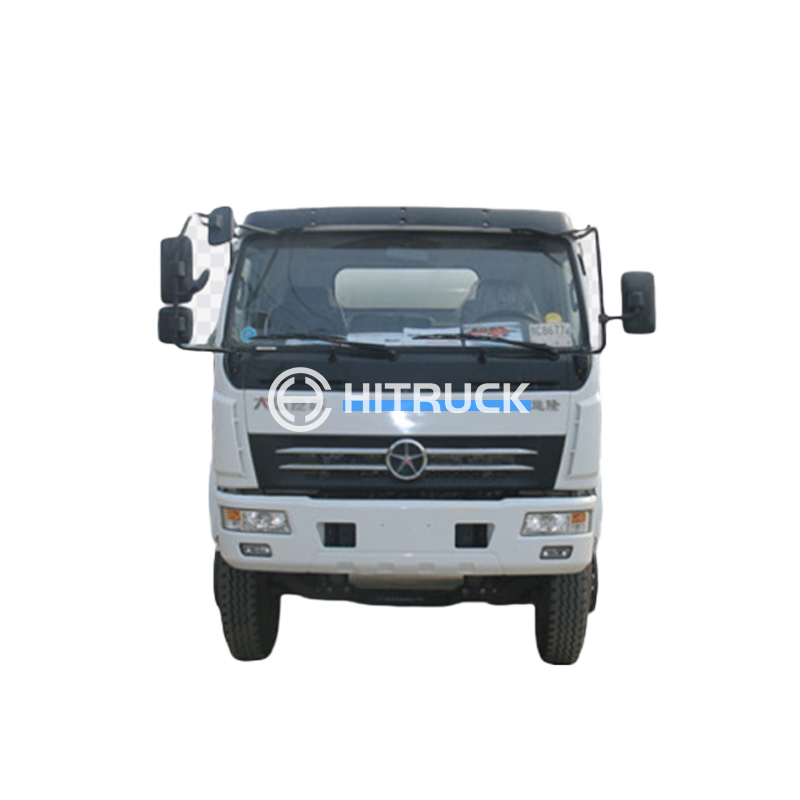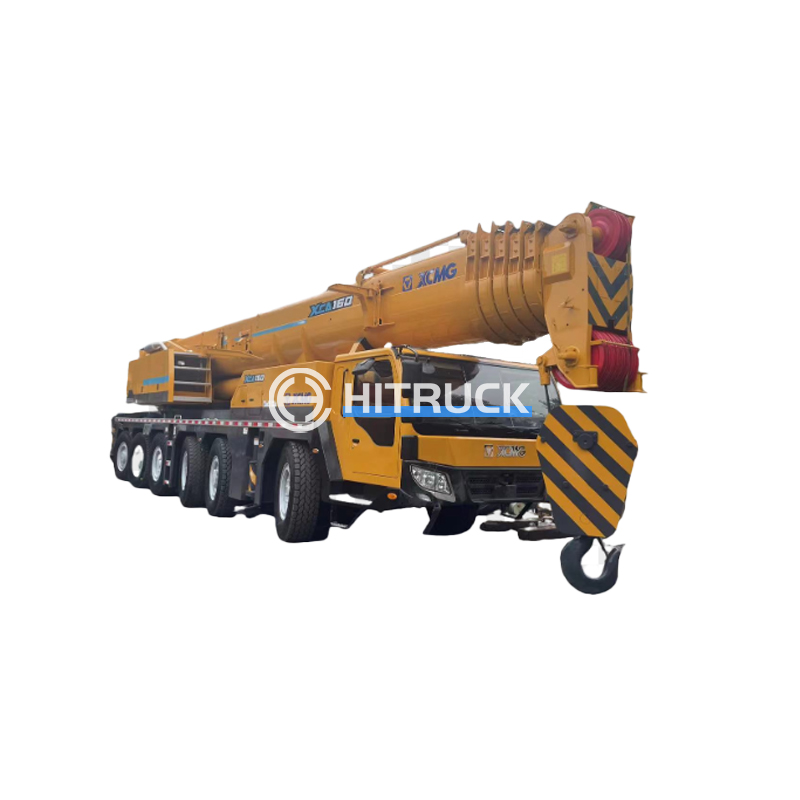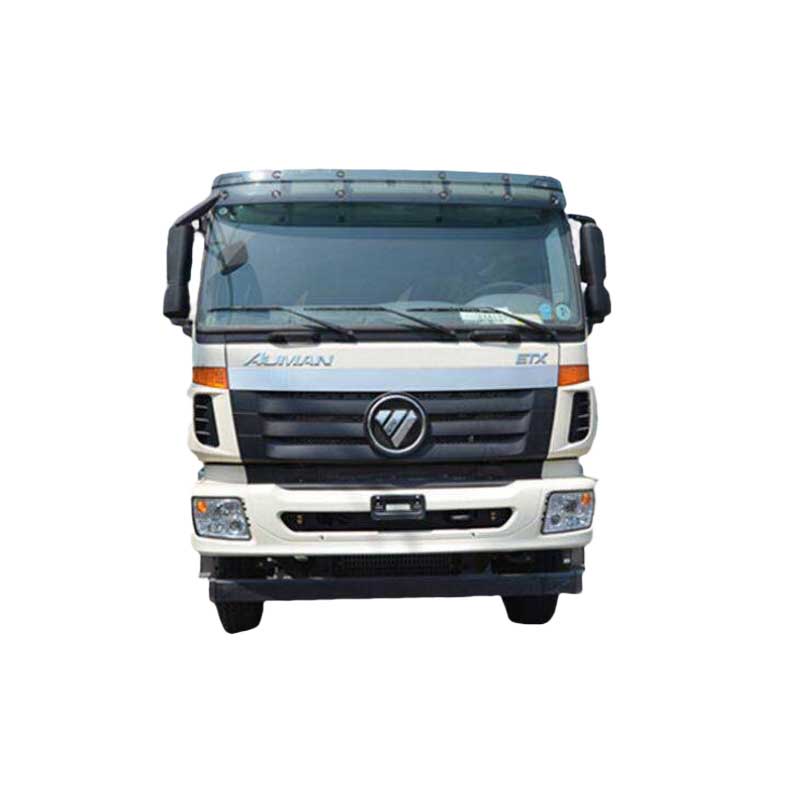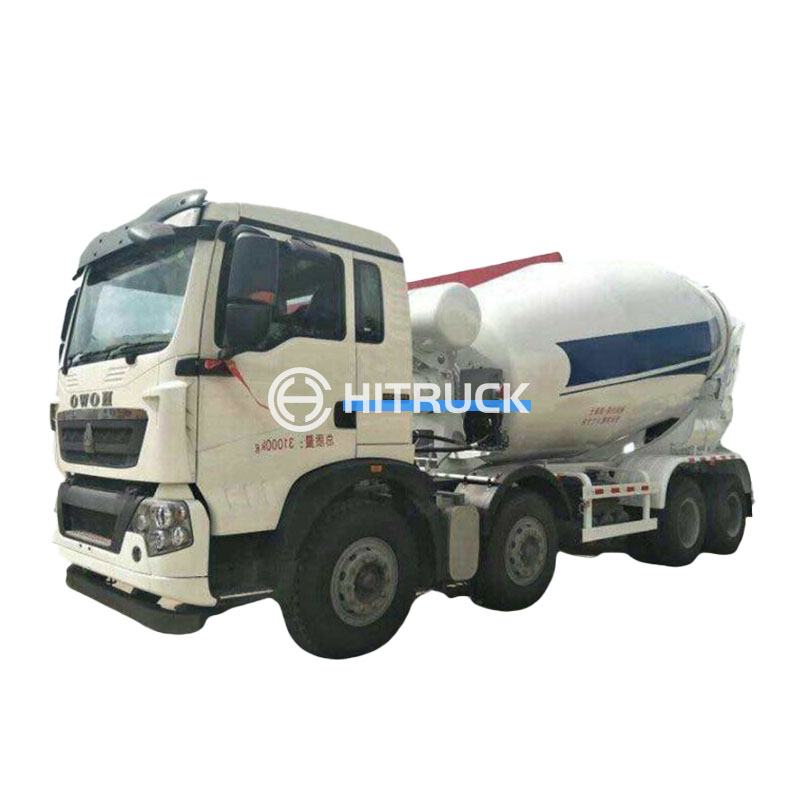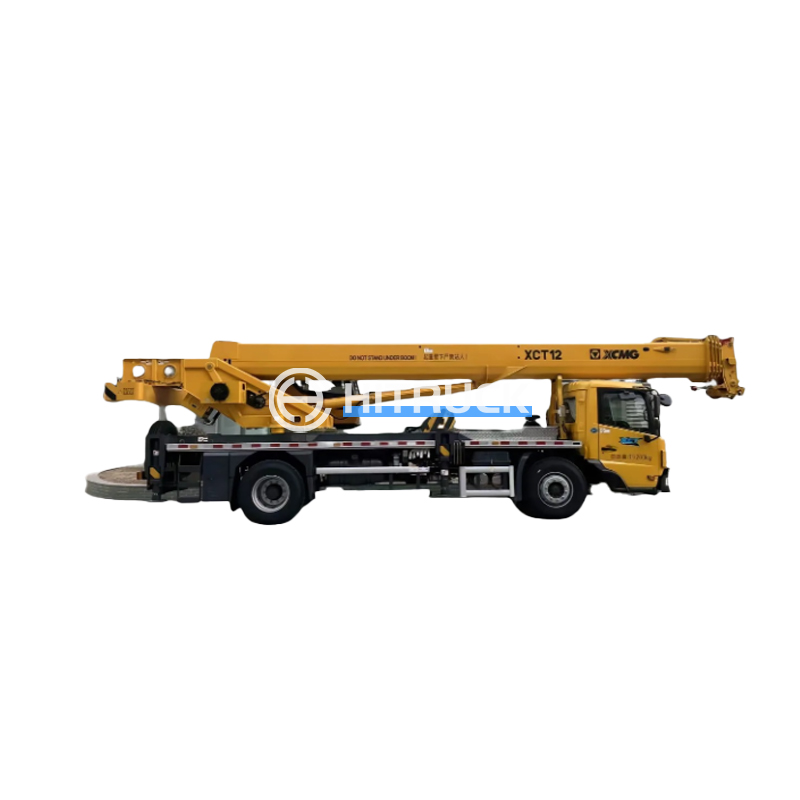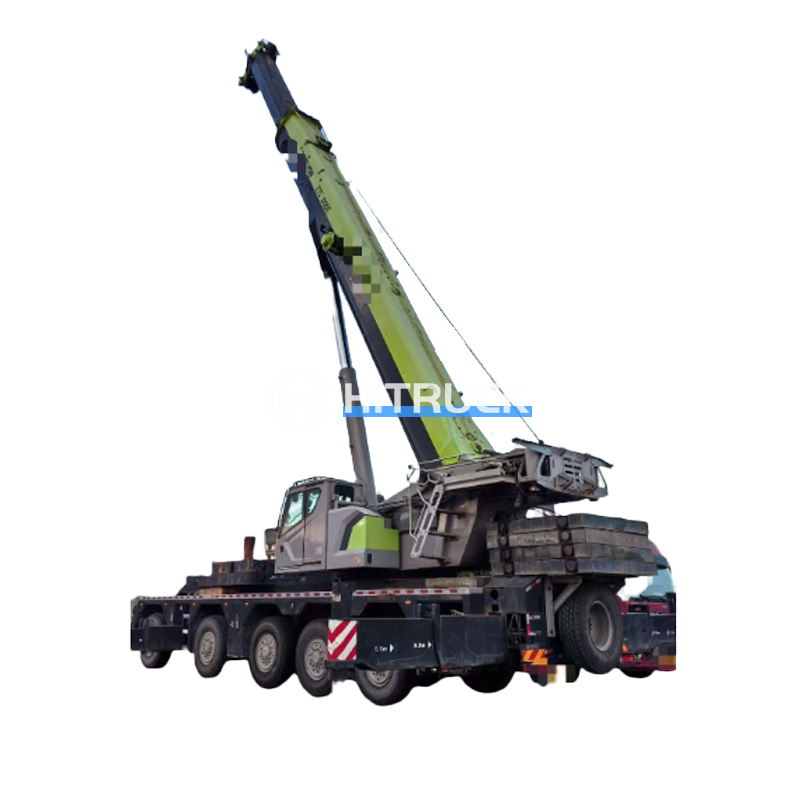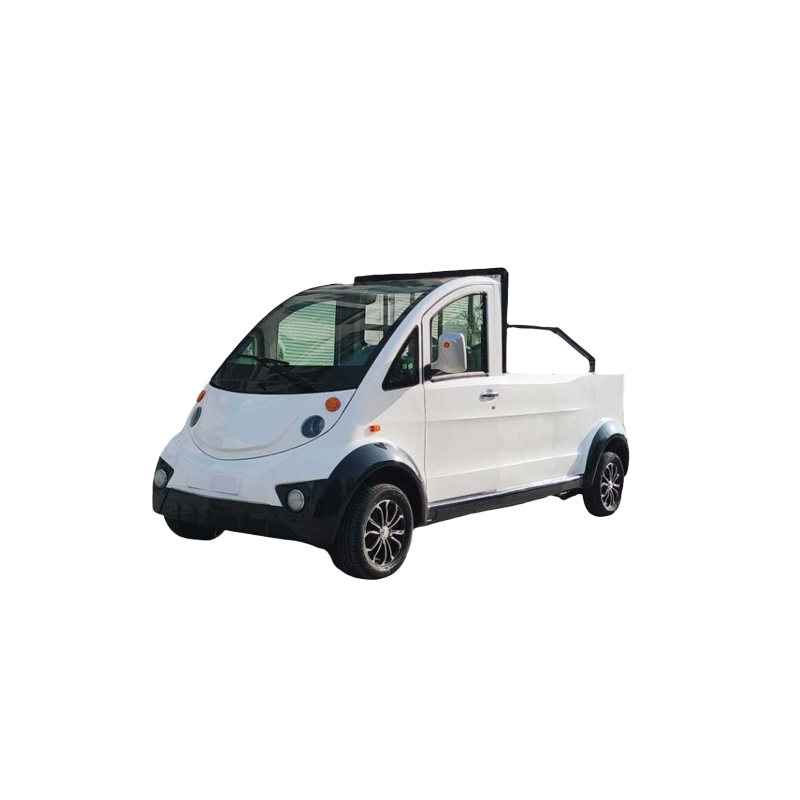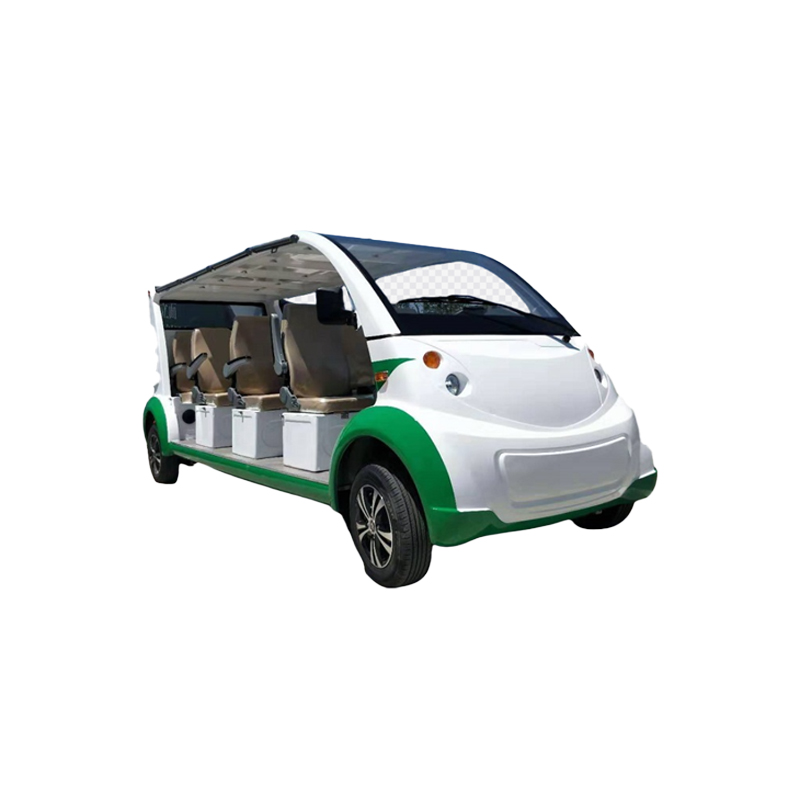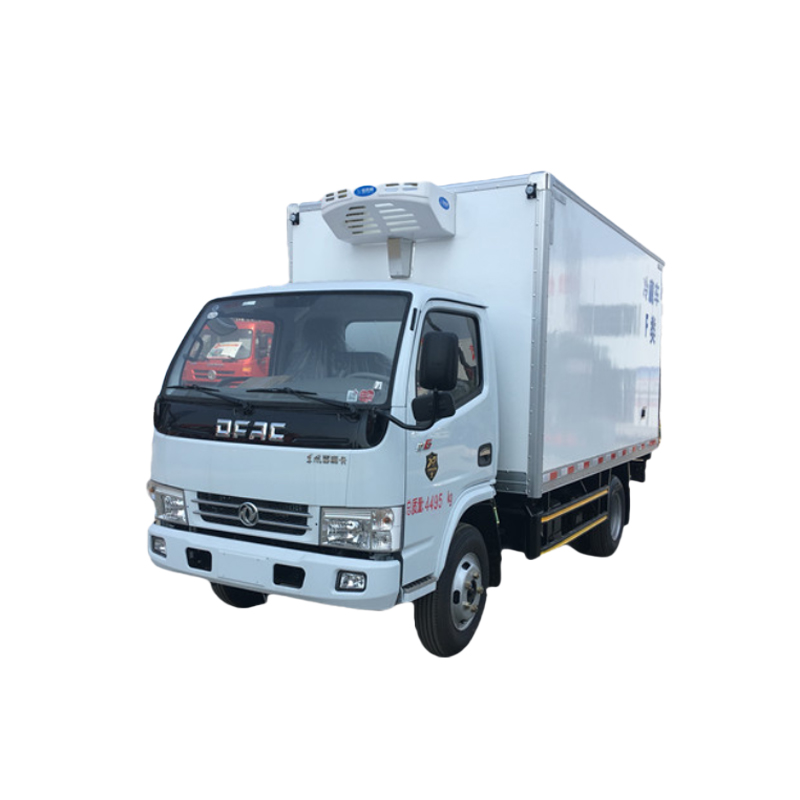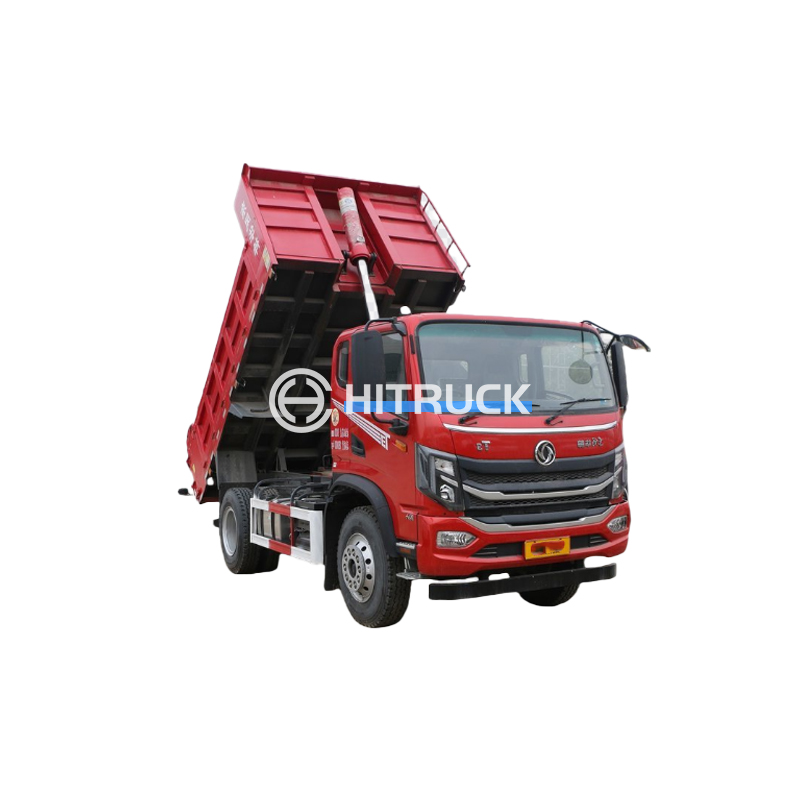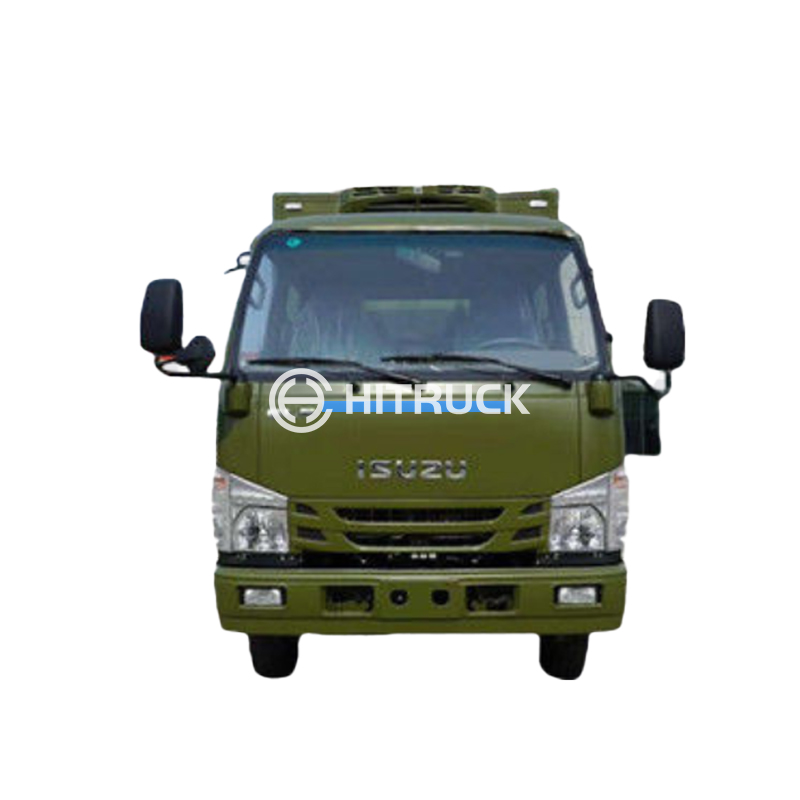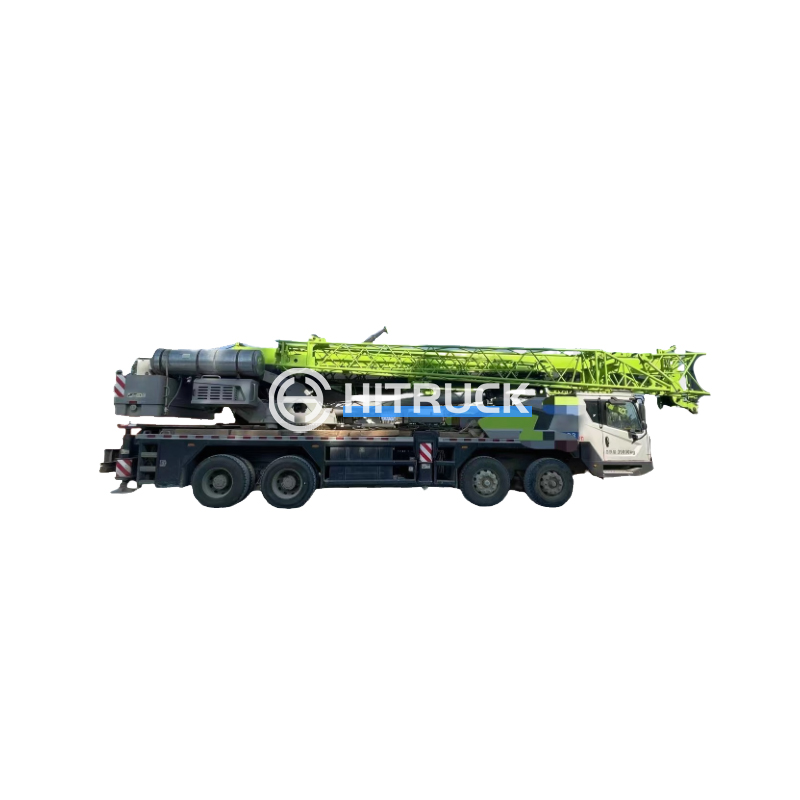This comprehensive guide explores the world of mobile cranes, covering essential aspects from types and functionalities to safety considerations and selection criteria. Learn how to choose the perfect mobile crane for your specific needs, ensuring optimal performance and safety on your project. We delve into various factors you should consider before investing in or renting a mobile crane, offering practical advice backed by industry best practices.
Truck-mounted cranes are highly versatile, integrating a crane directly onto a truck chassis. This offers excellent mobility and maneuverability, making them ideal for various applications. They come in different capacities and boom lengths, catering to a range of lifting requirements. Consider factors like load capacity, reach, and terrain suitability when choosing a truck-mounted crane. For heavy-duty lifting needs on challenging terrains, a robust model is essential. Remember to check the manufacturer's specifications for weight limits and operational parameters.
All-terrain cranes (ATCs) are designed for rough terrain and uneven surfaces, featuring advanced suspension systems and increased stability. Their superior off-road capabilities make them suitable for construction sites with challenging access. ATCs usually boast higher lifting capacities compared to truck-mounted cranes, making them appropriate for heavier loads and larger projects. Always ensure that the chosen ATC's capacity aligns with the project's maximum load requirements. Regular maintenance, as per the manufacturer's guidelines, is critical for optimal performance and safety.
Rough-terrain cranes (RTCs) are designed for exceptionally challenging terrain. They often possess superior stability features like outriggers for increased support and balanced lifting operations. These cranes are excellent choices for projects in areas with limited access or unstable ground. Factors like ground pressure and stability are critical in selecting the right RTC. Before operation, always conduct a thorough site assessment to ensure safe crane placement and operation. For specialized applications, like working on slopes, consult with qualified professionals.
The lifting capacity is paramount. It refers to the maximum weight a mobile crane can safely lift. Choose a crane with a capacity exceeding your anticipated maximum load to ensure safety and operational efficiency. Consider future projects and potential load increases when determining the required capacity. Always maintain safety margins and never exceed the crane's rated capacity.
Boom length directly affects the crane's reach. Longer booms allow for lifting objects at greater distances, but may also compromise lifting capacity at maximum reach. Choose a boom length that suits the specific dimensions and layout of your project. Carefully calculate the required reach, taking into account obstacles and work areas. Incorrect boom length selection may lead to safety hazards or operational inefficiencies.
Different terrains demand different crane types. Truck-mounted cranes are ideal for paved surfaces, while all-terrain and rough-terrain cranes are designed for uneven or rough terrain. Assess the site conditions meticulously to select the appropriate crane. Operating a crane beyond its terrain suitability can lead to instability and accidents. Always adhere to manufacturer recommendations regarding terrain suitability and operational guidelines.
Prioritize safety features like load moment indicators (LMIs), outriggers, and emergency shutdown systems. LMIs monitor load weight and stability, preventing overloading. Outriggers enhance stability, while emergency shutdowns provide immediate control in case of emergencies. Regular inspections and maintenance of safety features are critical. Failure to address safety considerations can result in serious accidents and financial losses. Familiarize yourself with all safety features before operation.
Regular maintenance, including inspections and lubrication, is essential for optimal performance and longevity of your mobile crane. Adherence to manufacturer's guidelines for maintenance intervals is crucial. Regular safety checks ensure early identification and remediation of potential issues. Neglecting maintenance can significantly impact the crane's lifespan and potentially cause operational failures or accidents. A well-maintained crane minimizes downtime and promotes safety.
Several reputable suppliers offer a wide range of mobile cranes for rent or purchase. Research and compare options from different vendors to find the best fit for your needs and budget. Consider factors like service history, maintenance schedules and customer support when selecting a supplier. For specialized lifting needs or complex projects, consult with crane experts for guidance. For high-quality mobile cranes and exceptional customer service, consider visiting Suizhou Haicang Automobile sales Co., LTD at https://www.hitruckmall.com/.

